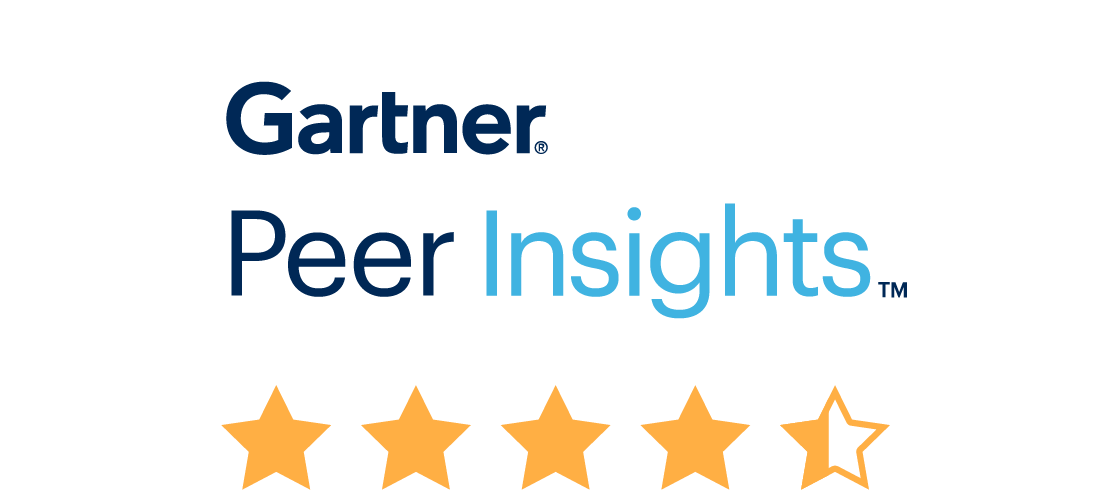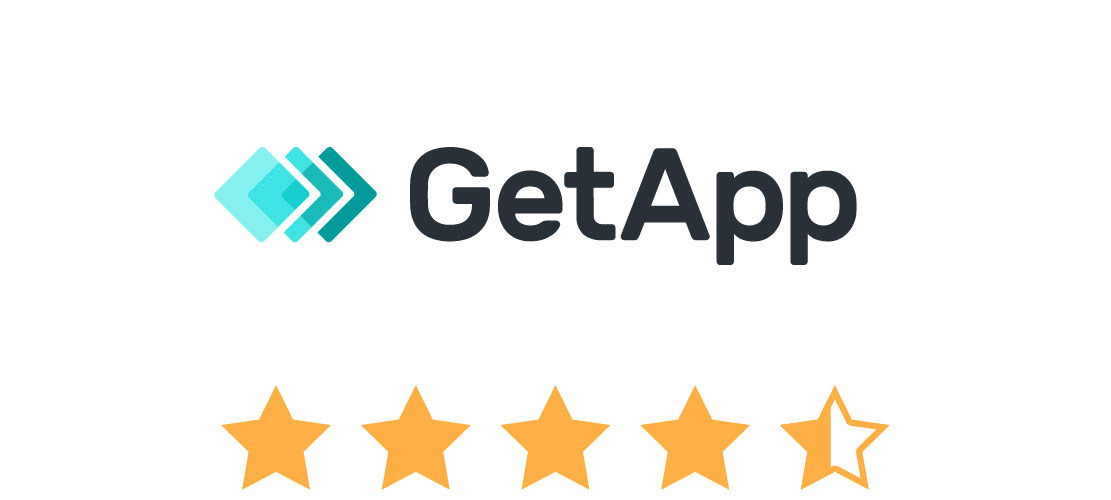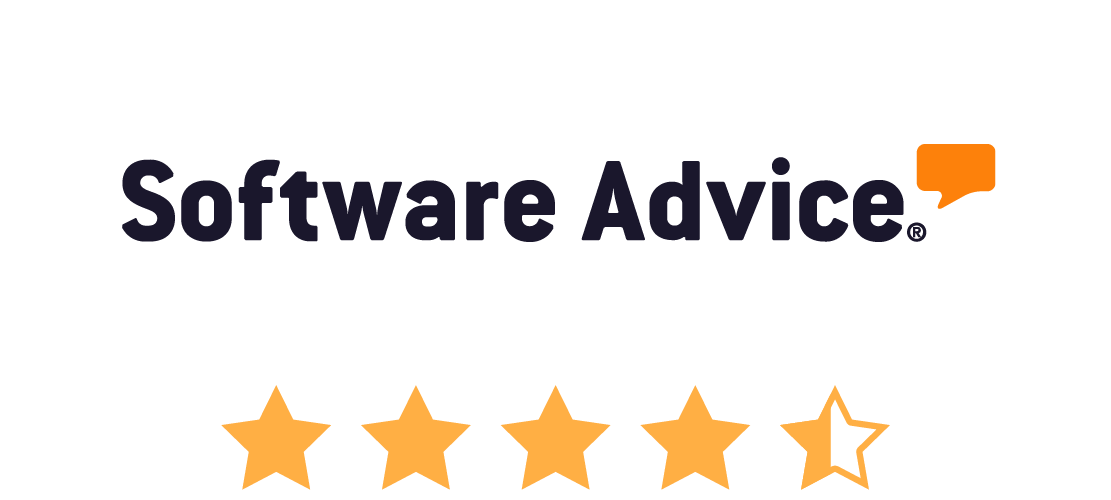Jitterbit iPaaS: a modern iPaaS platform designed for speed
Low-code integration solutions that deliver enterprise-grade performance. Secure, scalable, and AI-infused, Jitterbit iPaaS grows with your organization.
#1
1.68
8
2024
Powerful integration capabilities, all in one low-code product
Jitterbit's enterprise iPaaS solution offers a comprehensive suite of features for integrating applications, data, and processes. From an intuitive user interface to natural language AI assistants, Jitterbit's low-code integration platform delivers the features you need to accelerate your business.
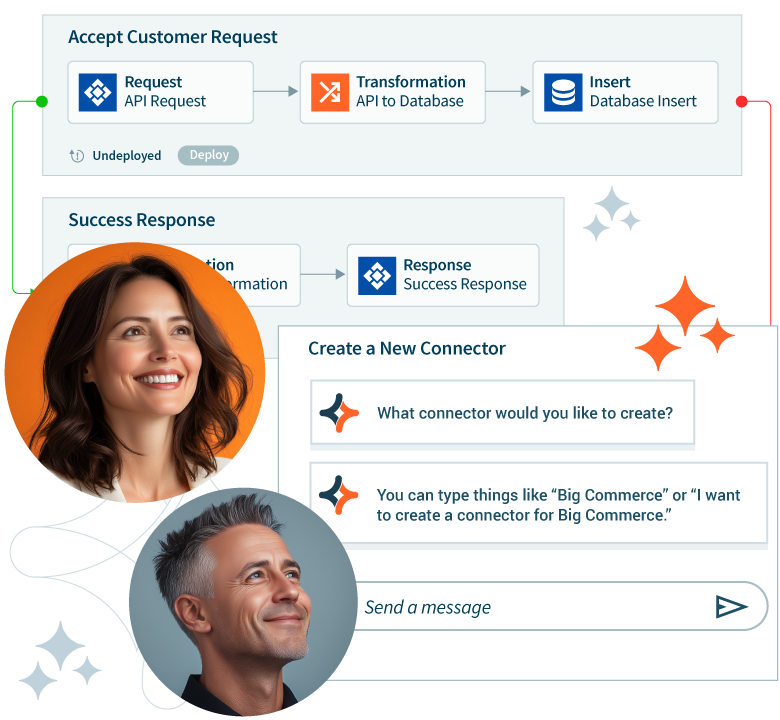
Design
- Design any integration rapidly with our modern Integration Studio
- Build and maintain integration workflows using an intuitive drag-and-drop interface
- Process asynchronous messages with the Message Queue Service
- Utilize standards-based connectivity for rapid integration
- Enable powerful data transformation logic with efficient mapping
G2 Names Jitterbit #1 for Enterprise iPaaS Implementation
G2 has released its Summer 2025 Enterprise Implementation Index for iPaaS, and Jitterbit was named #1, beating the average score across the board. These scores were based on a variety of criteria, including customer satisfaction with the setup process, time to go-live, user adoption percentage, implementation method and more—all as reported by actual users.
For more on how Jitterbit fared against competing iPaaS providers, check out the full Index on the G2 site.
iPaaS Implementation Index: Enterprise
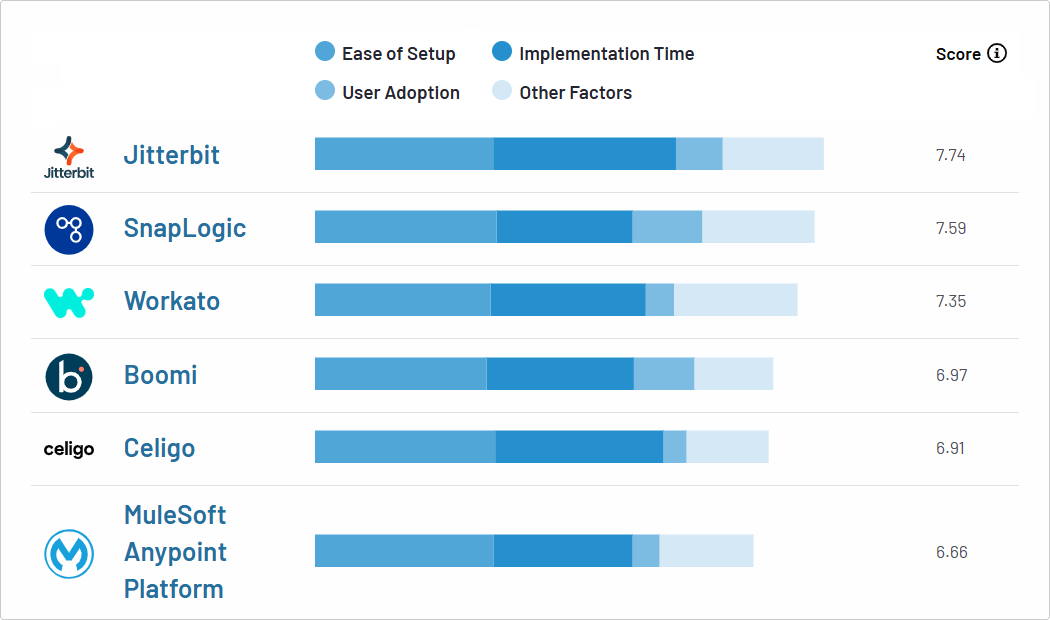
Request a free trial.
Get StartedHow much can your business save with iPaaS?
Jitterbit’s low-code iPaaS platform offers a flexible, cost-effective way to connect systems, automate processes, and scale your business to become more efficient and effective. Answer four simple questions to see what your business could save.
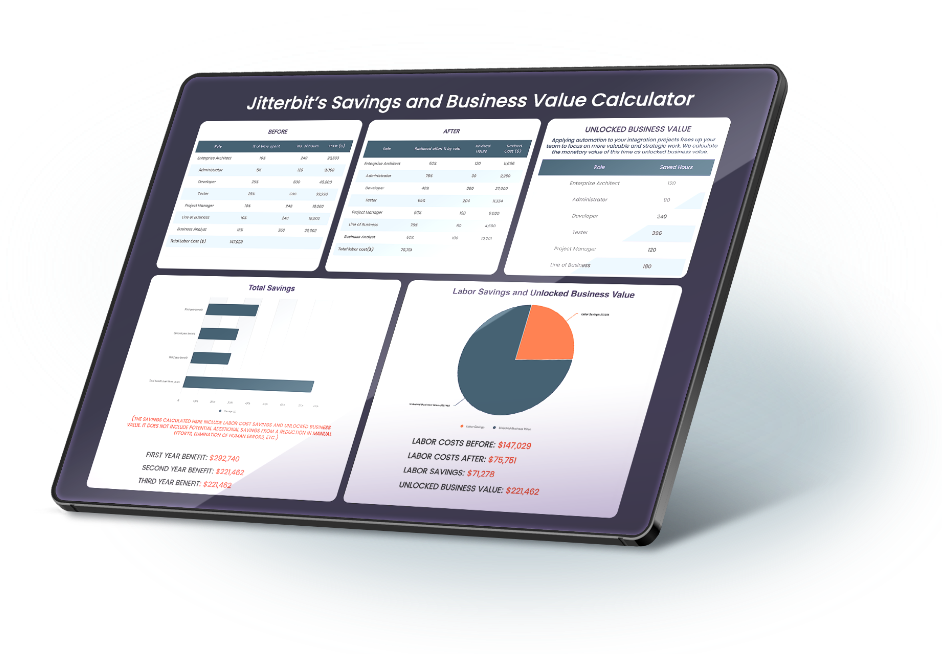
An Enterprise iPaaS That Fuels Success Across Industries

Curvature Accelerates Quote to Cash Operations and Saves 1,000+ Hours a Year

Whiskers N Paws Eliminates Manual Data Entry and Saves 150 Hours Monthly with Ecommerce Automation
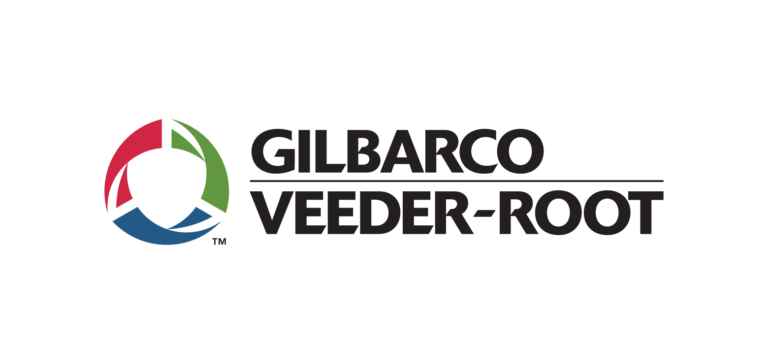
Gilbarco Leverages Jitterbit to Deliver HR Systems for its Global Workforce
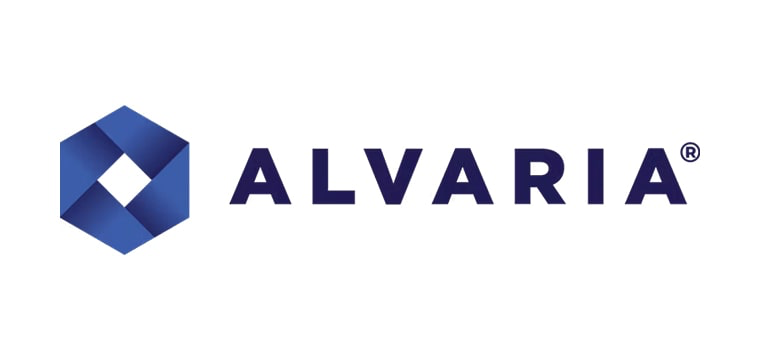
Alvaria Turns to Jitterbit’s Low-Code Integration Platform
Hear what others have to say
“The aspect we appreciate the most about Jitterbit is its extensive capability for seamless integration. Jitterbit effectively bridges the gap between disparate systems, offering a unified and coherent perspective to our data.”
– Eric R
Read more reviews on G2
“A great tool set, completely running in the cloud. Functionality is broad and offers enormous potential. Development is straightforward and the modular approach allows for easy reuse of code blocks/integrations.”
– Principal Engineer, Telecommunications
Read more reviews on PeerSpot





